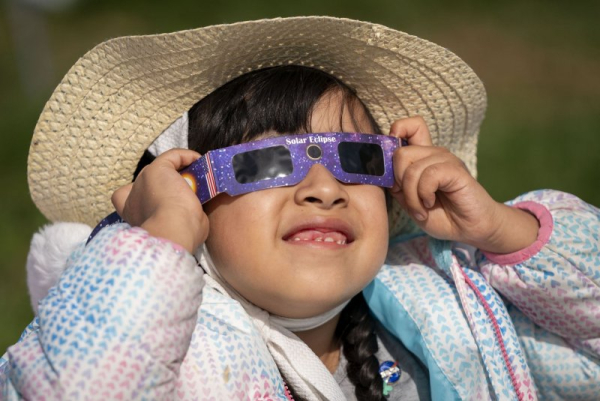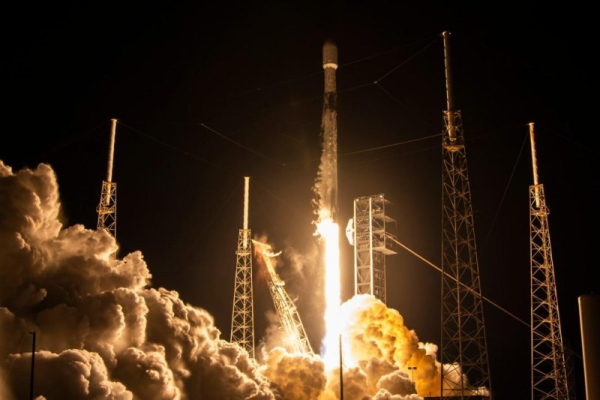
The final solar eclipse of 2025 will occur this weekend, but despite some online hype, most of the world will miss the event.
On September 21, a partial solar eclipse will occur in a small corner of the globe. Partial eclipses are less dramatic than total eclipses, when the Moon completely covers the Sun for a few minutes, briefly darkening the sky. In this case, daylight will dim slightly, but the Sun will never completely disappear behind the Moon.
At the peak of the event, the Moon will cover up to 85 percent of the Sun, but it will only be visible from New Zealand, the east coast of Australia, some Pacific islands and parts of Antarctica.
According to TimeandDate.com, only 0.20% of the world's population lives in the area expected to be eclipsed.
Anyone in the viewing area should remember that even during an eclipse, the sun is too bright to see with the naked eye.
To safely observe this phenomenon, a sunscreen or eclipse glasses are necessary. Without them, looking directly at the sun can cause irreversible eye damage.
For skywatchers in North America, the next chance to see a solar eclipse will be on August 12, 2026. A partial eclipse will cover Canada, much of Alaska, and the Midwest and northeastern United States. However, the main event will occur in Spain, Iceland, and Greenland, where the Moon will completely eclipse the Sun during the total eclipse.
Until then, the September 21 event will quietly close the book on eclipses for 2025.
Sourse: www.upi.com





